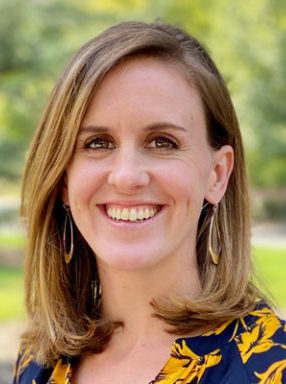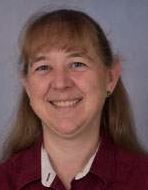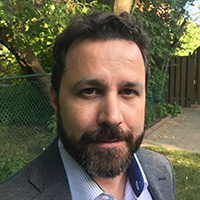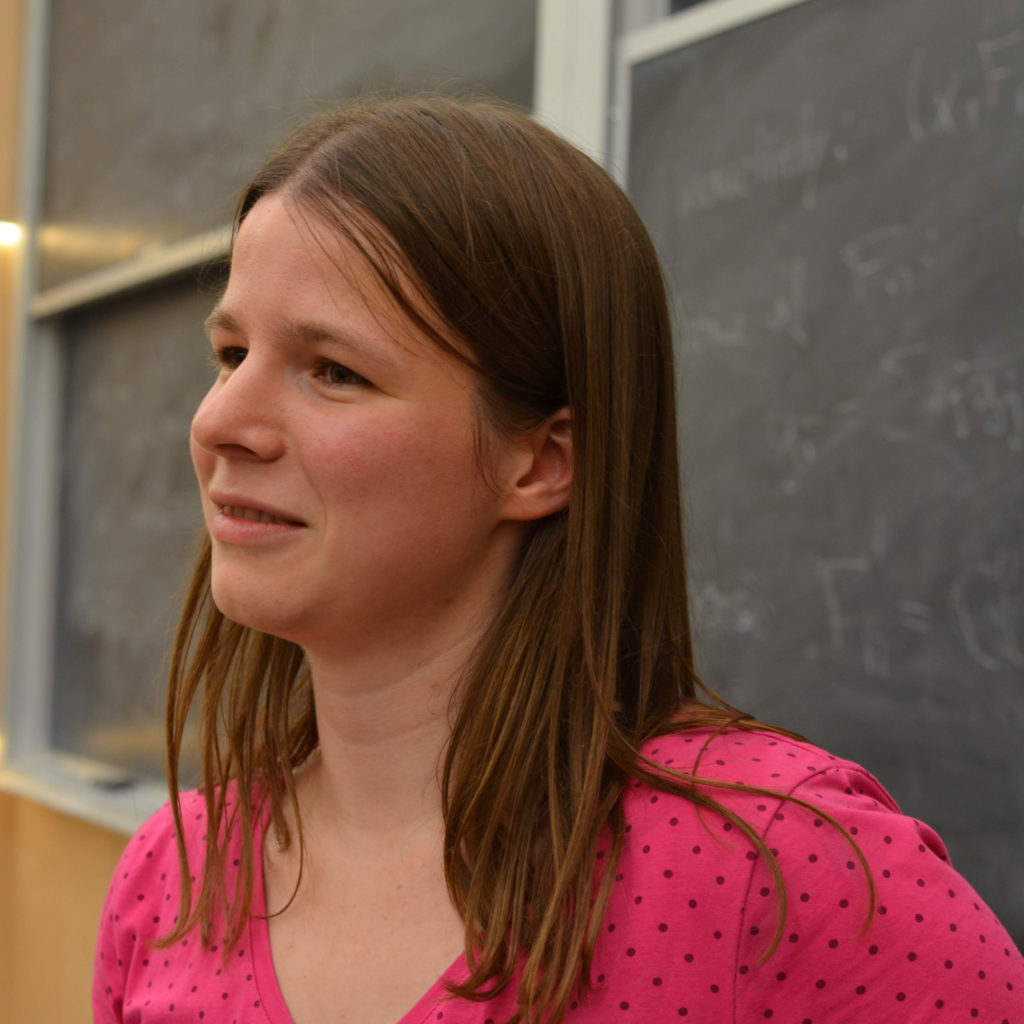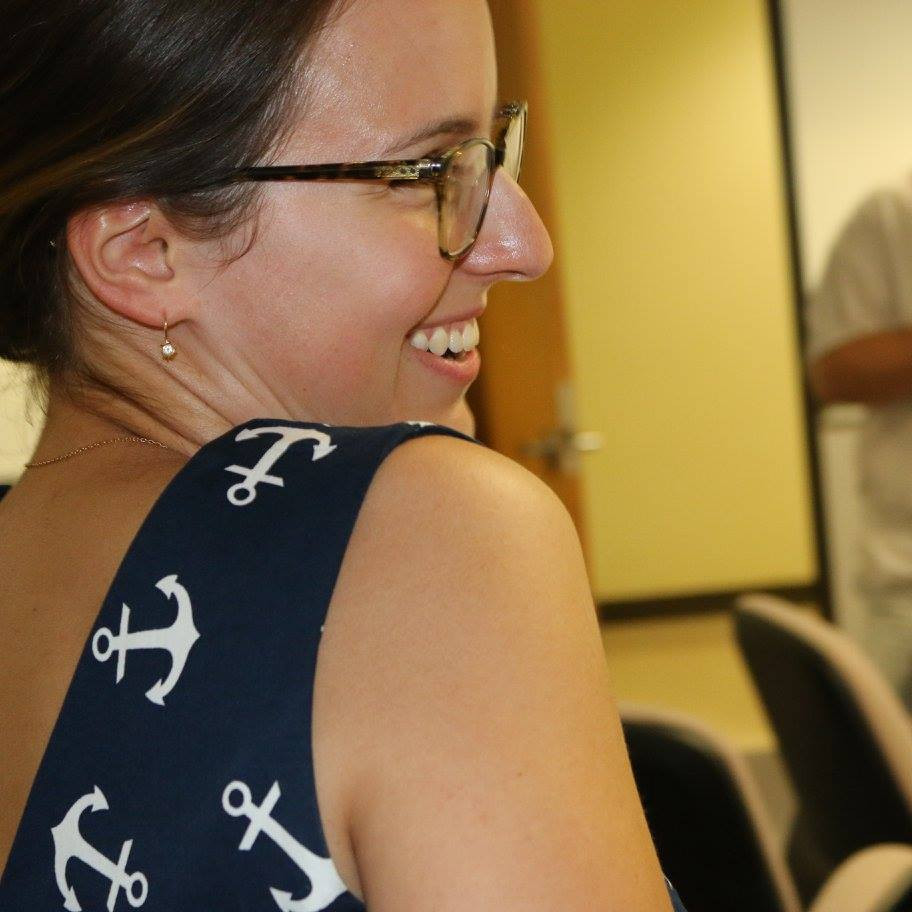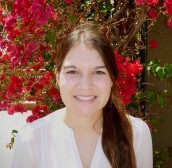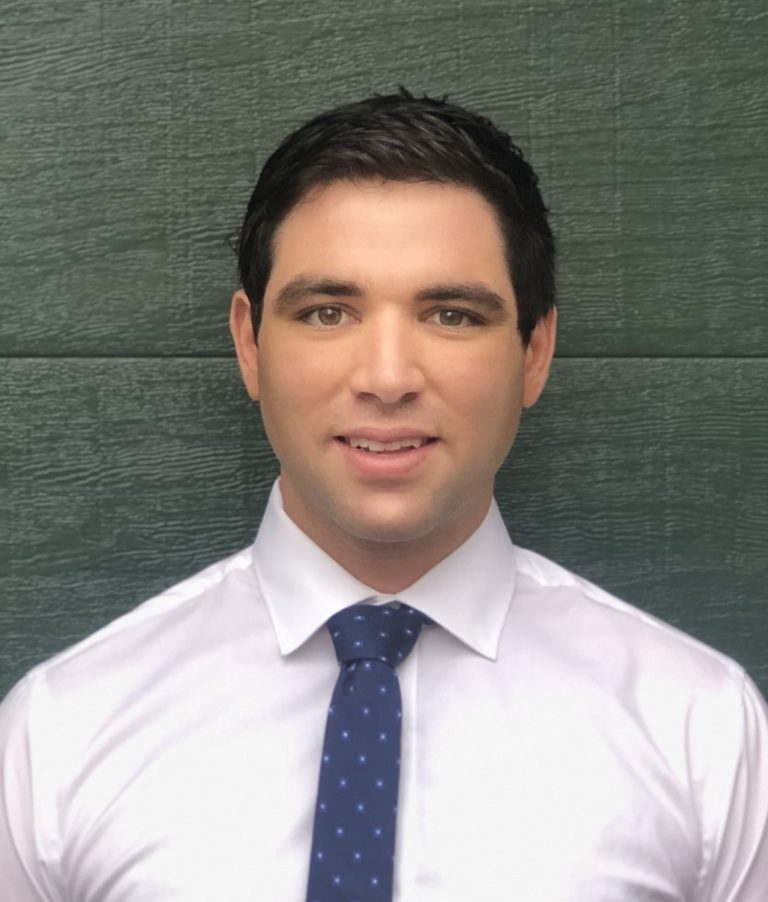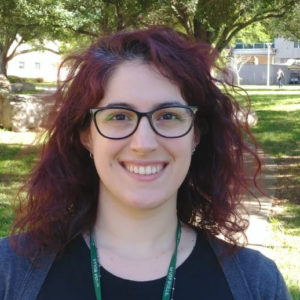
Graph Clustering for RNA Secondary Structure Analysis
Margherita Ferrari – University of South Florida
Unlike DNA, RNA is single stranded and folds via bonds between pairs of complementary nucleotides while it is still being synthesized from DNA. One central problem in molecular biology is understanding the specific shape into which an RNA molecule folds, as its shape encodes functional information. We will focus on RNA secondary structure in this talk, that is the 2D arrangement of the final RNA configuration. For an RNA sequence, we will consider a representative set of secondary structures and discuss combinatorial methods to mine the structural information from the given ensemble. In particular, we will present a graph algorithms approach based on dissimilarity scores and community detection.
